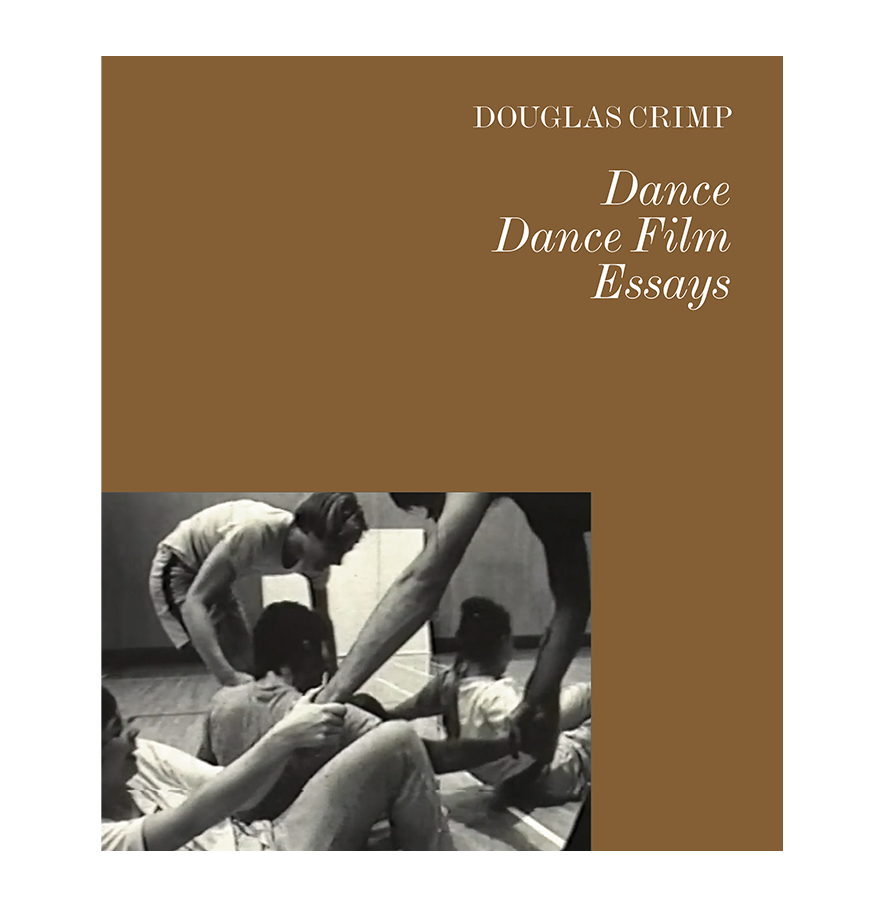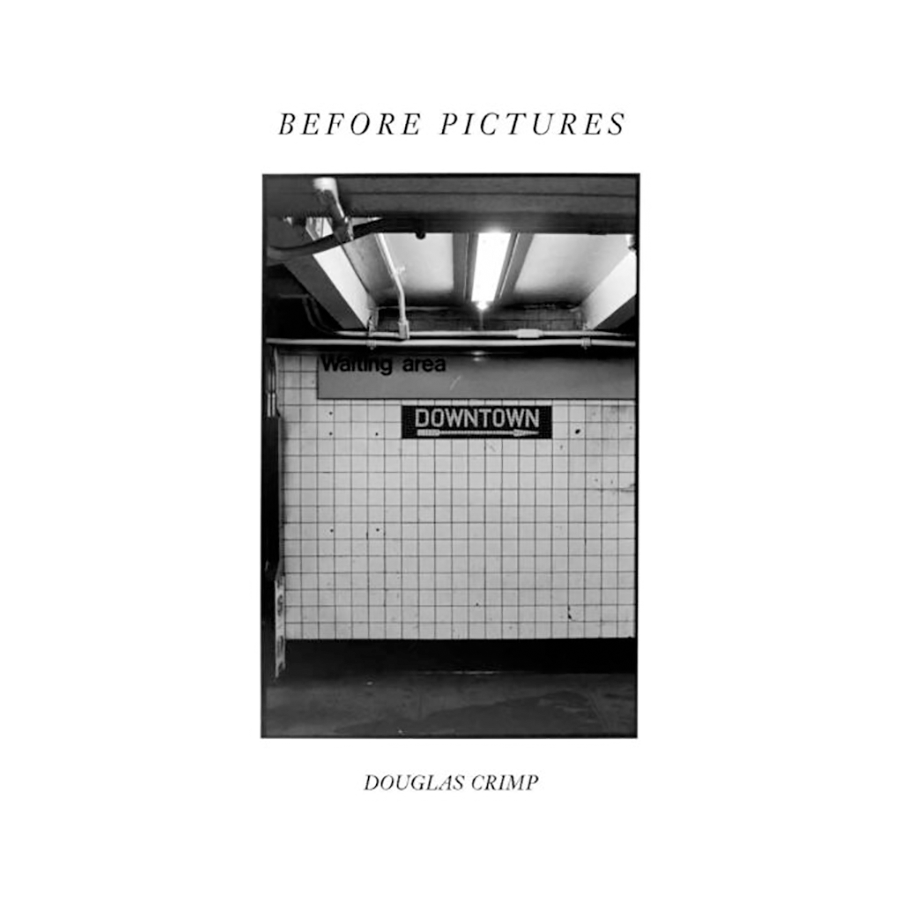Douglas Crimp: Dance Dance Film Essays
Copublished with Galerie Buchholz
Edited by Karen Kelly and Barbara Schroeder
Design by Joseph Logan
224 pages, 94 images, hardcover, 7 ¼ x 8 ½ inches
ISBN: 978-1-7336889-4-9
$40.00
Awaiting Stock. Available for Preorder
Pioneering AIDS activist, art critic, educator, and curator Douglas Crimp is known for the fluidity and acuity of his writing on an array of passions. His book AIDS: Cultural Analysis/Cultural Activism (1987) deconstructed the art world’s complicated and mostly disheartening responses to the AIDS crisis; On the Museum’s Ruins (1993) explored postmodernist art practices in relation to the politics of institutions; and Before Pictures (2016), a brilliant combination of memoir and criticism, chronicled Crimp’s first decade in 1970s New York.
This new book collects the critic’s incisive pieces on dance (a lifelong interest) and dance on film, which, according to Artforum, “galvanized the field and synthesized histories of ballet, modern dance, and postmodern performance.” Written from 2006 to 2010, these in-depth essays are devoted to choreographers and filmmakers such as Charles Atlas, Trisha Brown, Merce Cunningham, Tacita Dean, Anne Teresa de Keersmaeker, and Yvonne Rainer. Before his death in July 2019, Crimp penned a new essay specifically for this book that probes the idea and definition of the “dance film.”
This beautifully designed clothbound volume, which shows Crimp’s tireless investigation and experimentation with writing, includes an introduction by curator Lynne Cooke, who invited Crimp to collaborate with her on the landmark 2010 show Mixed Use, Manhattan at the Museo Reina Sofia.
Praise and Press
That attentiveness will be evident to readers of Douglas Crimp’s Dance Dance Film Essays. The book, however, is not about ballet but, rather, modern and postmodern dance—primarily the work of Merce Cunningham, Yvonne Rainer, Trisha Brown, and Anne Teresa de Keersmaeker. Douglas writes about it in the context of what he calls “dance film” and the relatively recent embrace of dance by art exhibition spaces. He meticulously describes dancers’ movements, choreography, compositions and anti-compositions, lighting, sets, and costumes, weaving those lucid descriptions into arguments that support more theoretical claims. For example, after a comprehensive account of the history and characteristics of Cunningham’s Events, he concludes: …audiences were made aware of the fact that they would miss things, maybe even most things. They were, in short, made aware of their inability to see totality, aware of themselves as having the limitations that a single subjectivity entails. They could see only partially, and they therefore had to grapple with the fact that, just as Cunningham challenged the coherence of a dance, he also implicitly challenged the coherence of the spectator.
Douglas writes of dance as one of his “amateur interests.” When he first taught a course about dance in 2004, he wasn’t confident but did so “simply because [he] loved it.” I think that’s why this book, despite its rigor and erudition, also seems marked by a release of tension, an exhale, as though after his early art history writings Douglas had given himself over to passion and pleasure.
—Rosalyn Deutsche, Bomb Magazine
…audiences were made aware of the fact that they would miss things, maybe even most things. They were, in short, made aware of their inability to see totality, aware of themselves as having the limitations that a single subjectivity entails. They could see only partially, and they therefore had to grapple with the fact that, just as Cunningham challenged the coherence of a dance, he also implicitly challenged the coherence of the spectator.

